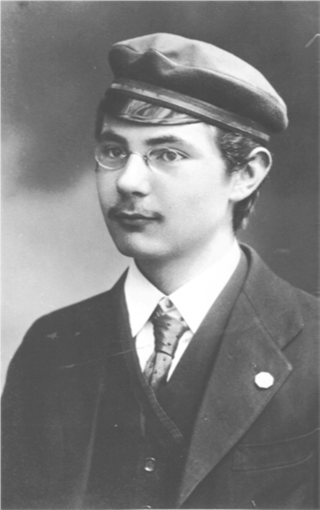Hofrat Monsignore Dr. Anton Maria Pichler

Personalia
Born:
Died:
Profession:
Persecution:
Dismissed in 1938,
Resistance fighter (undiscovered)
Honors:
Decoration of Honor for Services to the Liberation of Austria
Memberships
Curriculum Vitae
Anton Maria Pichler was born in Vienna. He first attends the private grammar school of the Catholic School Association in the 18th district in Semperstrasse, then transfers to the federal grammar school. In 1919, he joins the secondary school fraternity Herulia Wien. In the same year, he became the founding chairman of the Christian-German Student Association [CDSB]. In the school year 1920/21, he graduated with distinction. He then entered the seminary in Vienna and began studying theology. In 1924, he joined the student fraternity Nibelungia.
After his ordination in 1925 and after a few years as a chaplain in Puchberg am Schneeberg and until 1931 in Vienna-Breitenfeld, he continued his studies. Between 1931 and 1932, he studied history, philosophy and psychology and was awarded a doctorate in theology in 1932. After completing his teacher training, he worked as a religion teacher at the Realgymnasium in Vienna-Brigittenau and, from 1934, as a chaplain for the Mittelschülerkartellverband (MKV). As a result, he became a member of numerous other MKV associations.
After the Anschluss, he was placed under house arrest and out of office for three weeks in March 1938 and retired early on June 29, 1938. From September 1, 1938, he took over the parish in Ebenfurth, Lower Austria, and was appointed parish administrator of St. Rochus and Sebastian in Vienna-Landstraße on September 1, 1944. There he is the communication and information center for many members of the ÖCV and the MKV. During this time, he was in contact with resistance circles around Felix Hurdes and the "Österreichischer Kampfbund". He was often summoned to the Gestapo because of this, but a trial against him was quashed. He exposed himself to particular danger by issuing confirmations of Catholic ancestors (Aryan certificates) without regard to the register. Through his contacts, he also obtained such confirmations from other parishes. In the last days of the war, he hid numerous deserted soldiers in the cellars under Rochus Church.
After the war, the Federal Ministry of Education rehabilitated him by decree on April 8, 1946 and appointed him as a member of the qualification commission and later as diocesan religious inspector. He also resumed the office of Cartel Chaplain.
Places
Place of activity:
Citations
Krause, Peter/Reinelt, Herbert/Schmitt, Helmut (2020): Farbe tragen, Farbe bekennen. Katholische Korporierte in Widerstand und Verfolgung. Teil 2. Kuhl, Manfred (ÖVfStG, Wien) S.252/253.
